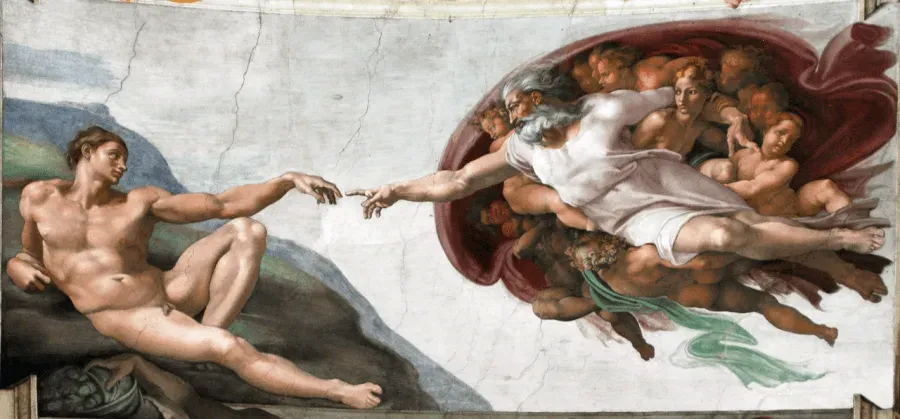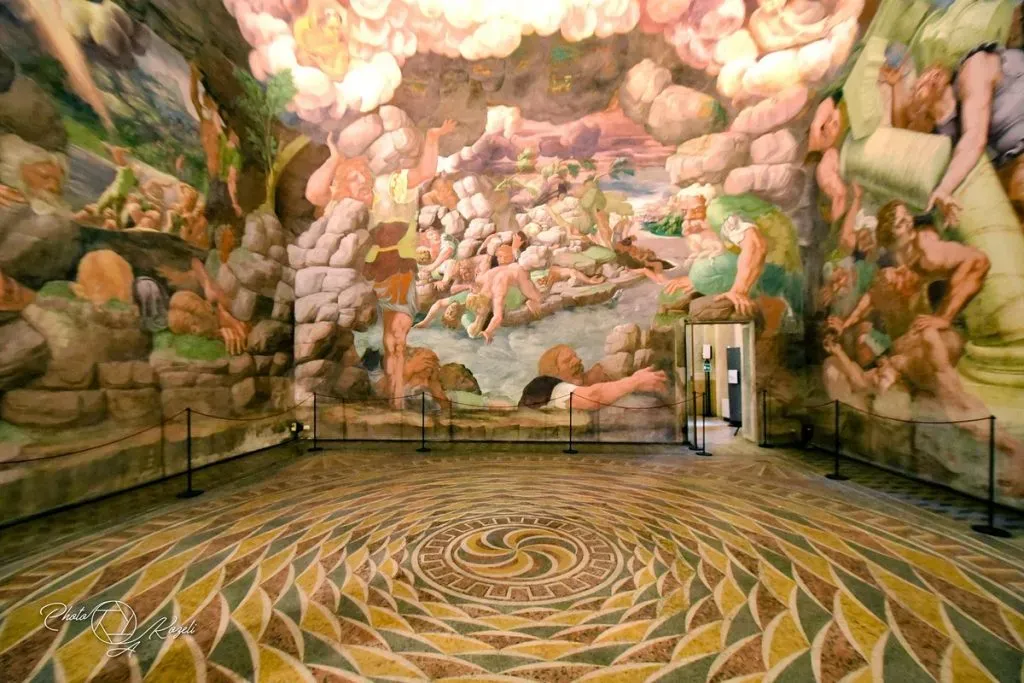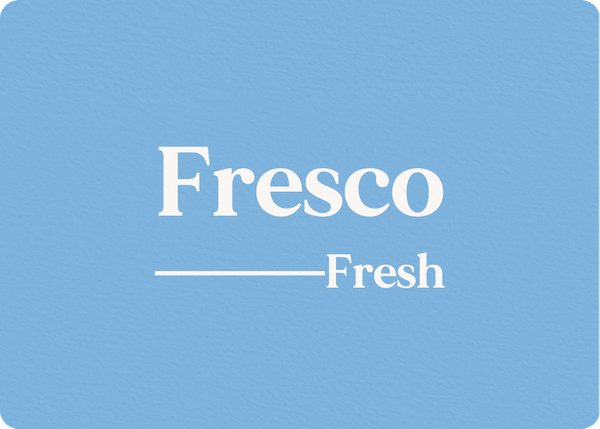Fresco
ADJECTIVE/NOUN
Meaning and English translation 🔖
1. Cool, pleasantly cold
🇬🇧 Characterized by a pleasantly low temperature.
🇮🇹 Caratterizzato da una temperatura piacevolmente bassa.
2. Recently produced or obtained
🇬🇧 Recently produced or obtained, not artificially preserved.
🇮🇹 Prodotto o ottenuto da poco, non conservato artificialmente.
Example sentences 💬
Che bel fresco in casa. Fuori si muore di caldo!
What a nice cool breeze in the house. It's scorching hot outside!
Ho comprato del pesce fresco per cena, non surgelato.
I bought some fresh fish for dinner, not frozen.
This article is brought to you by Giulia School, where you can learn Italian the natural way—with real conversations and passionate teachers guiding you every step of the journey. It’s the closest thing to immersion you can get without living in Italy. Click here to learn more.
Idioms with fresco 🇮🇹
Acqua fresca
→ Cold water
In estate non c'è niente di meglio di un bicchiere di acqua fresca.
In summer, there's nothing better than a glass of cold water.
Aria fresca
→ Fresh air
Apriamo una finestra per far entrare un po' d'aria fresca.
Let's open a window to get some fresh air in here.
Ventata d’aria fresca
→ Breath of fresh air
Il nuovo allenatore è stato una ventata d’aria fresca e ha portato nuove idee.
The new manager came as a breath of fresh air and brought new ideas.
Fare freschino / Freschetto
→ Chilly weather
It’s mid-Semptember; la sera fa freschino, meglio portare una giacca leggera.
It’s mid-Semptember; in the evening there's a bit of a chill, better bring a light jacket.
A mente fresca
→ With a clear mind
Ci penserò domani mattina a mente fresca.
I'll think about it tomorrow morning with a clear mind.
In fresco
→ In a cool place
Metti il vino in fresco prima di servirlo.
Put the wine in a cool place before serving it.
Con il fresco
→ In the cool hours
Usciremo con il fresco della sera.
We'll go out in the cool hours of the evening.
Fresco come una rosa
→ Fresh as a daisy
Nonostante la lunga giornata, era fresco come una rosa.
Despite the long day, he was fresh as a daisy.
Fresco di stampa
→ Fresh off the press
Ho comprato il suo nuovo libro, fresco di stampa.
I bought his new book, fresh off the press.
Neve fresca
→ Fresh snow
Gli sciatori erano entusiasti di sciare nella neve fresca caduta nella notte.
The skiers were excited to ski in the fresh snow that had fallen overnight.
Pasta fresca
→ Fresh pasta
Gli spaghetti sono pasta secca; le trofie sono pasta fresca.
Spaghetti are dry pasta; trofie are fresh pasta.
Al fresco
→ In prison
Il ladro è finito al fresco dopo l'ultimo furto.
The thief ended up in prison after his last robbery.
Stare fresco
→ Think again! / Forget it!
Tu vorresti imparare l’italiano senza andare in Italia? Ahah, stai fresco!
You want to learn Italian without going to Italy? Haha, forget it!
Where does the word fresco come from? 🔎
Fresco comes from the Germanic *frisk, which meant "new, young".
Did you know that... 🤓
Impress your italian friends with curious facts about Italy and its culture
Why do we call it fresco?

Fresco is a very ancient type of wall painting. The word "fresco" comes from "fresh", because you paint on damp, fresh plaster.
This technique became very important during the Italian Renaissance. The artist applies colors directly onto the wet plaster and, when the plaster dries, the colors become part of the wall.
Great Italian artists like Giotto, Masaccio, Michelangelo and Raphael used this technique.

Painting "a fresco" requires speed and precision: the artist must paint while the plaster is still wet and works in sections called "giornate" (a day's work). This is because the plaster starts to dry after about 6-8 hours. When it's dry, it no longer absorbs color.
It's interesting to know that mistakes in a fresco are difficult to erase. If an artist makes a big mistake, they have to remove the plaster and start over. For this reason, artists planned carefully and made preparatory drawings called "cartoons".
Despite being difficult, fresco lasts a long time. Many frescoes still exist today after hundreds of years. This shows us how skilled the artists were and how durable this ancient technique is.





